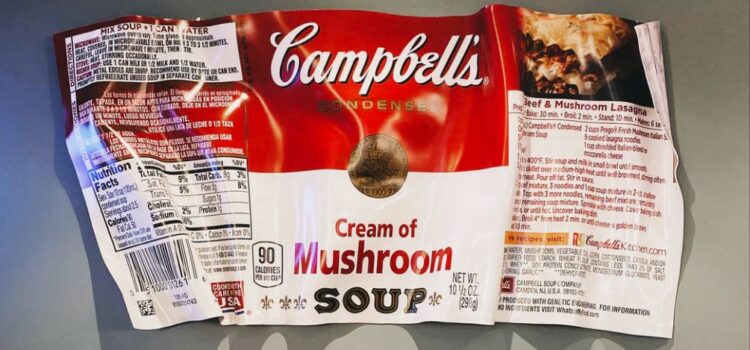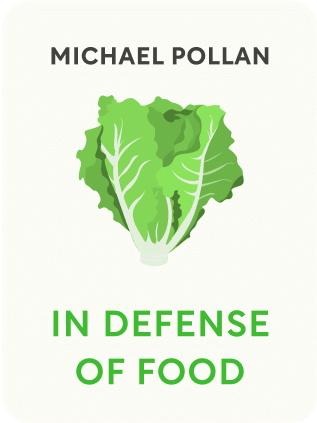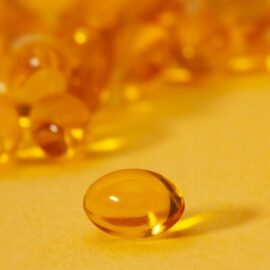

This article is an excerpt from the Shortform book guide to "In Defense of Food" by Michael Pollan. Shortform has the world's best summaries and analyses of books you should be reading.
Like this article? Sign up for a free trial here .
Why is reading food labels important? What ingredients should you avoid and why?
Reading food labels can help you make informed food choices by avoiding ingredients that may be damaging to your health. One simple rule of thumb to follow is to stay away from foods that contain unpronounceable ingredients, low-fat or fat-free dairy, and paradoxically enough, the health claims.
Here are some things you should be looking out for when reading food labels.
How to Read Food Labels
Reading food labels can be confusing to the uninitiated eye. Here are some things you should be looking out for.
Complicated Ingredients
Basically, foods with unfamiliar or unpronounceable ingredients, more than five ingredients, or high-fructose corn syrup as an ingredient should be avoided. When these aspects are present, it’s a good bet the food is not real food.
When you make bread at home, you use flour, water, yeast, and a pinch of salt. Mix them up, knead the dough, let it rise, and bake. What you get is a nice loaf of bread that looks like the loaves in the store until you check the ingredient list, even whole-grain bread. A look at the ingredient list for Sara Lee’s Whole-Grain White Bread exemplifies the difference. If you notice the contradiction of “whole-grain” and “white” used to describe the same bread, your work is done.
Sara Lee’s list of ingredients include eight main ingredients, including high-fructose corn syrup and cellulose along with the usual suspects of flour, yeast, etc., and sixteen “2% or less” ingredients, some with four or more sub-ingredients, including soy, vegetable oil, butter, corn starch, dough conditioner, and vinegar.
- This list fails all of the criteria of Rule #2.
- This is not bread but a bread-like product.
- This bread is marketed as a “no compromise” product to parents whose kids will only eat white bread.
- They add the HFCS and honey to mask the earthy flavors of the handful of whole grains included.
- They add “dough conditioners” to soften the texture of dense whole grains.
Low-Fat and Fat-Free Dairy
Many products are altered to compensate for the addition of a good or subtraction of a bad ingredient. Often, the compensations reduce the value of the good ingredients or are worse than the ingredients removed.
An example is low-fat or non-fat dairy. To maintain the creamy texture of whole dairy after the fat is removed, manufacturers add various products. For instance, to make skim milk palatable, they add powdered milk, which contains oxidized cholesterol. Oxidized cholesterol may be worse than real cholesterol. Also, many of the vitamins in milk are fat-soluble, meaning they need fat to be absorbed in the body. If you remove the fat from milk, what’s it doing for you?
Food manufacturers make these compromises so they can slap a non-fat or whole-grain label on with an accompanying health claim.
Health Claims on the Package
The package alone is a big clue as to whether it’s real food or processed food, but more so, healthy food doesn’t have to tout claims about what nutrients it contains or what it does for the body. Vegetables and fruits are full of antioxidants and vitamins, and meat and dairy have protein and other important nutrients. These things are commonly known or common sense. So if a food has to tell you its benefits, chances are it’s not healthy food.
Usually, only major food manufacturers have the resources and desire to get FDA approval for a health claim. Big food conglomerates have a lot of resources and political power. They are able to fund research studies to support health claims and pressure the FDA to approve them. But the science behind these claims is often narrowly focused or randomly tested.
When a company gets permission to place a health claim on the box, they are also given license to design the claim as they wish. They can make the big “Helps Reduce Saturated Fat” claim as big as they want while leaving disclaimers like, “The FDA concludes that there is little scientific evidence supporting this claim” in small print. The FDA allows this strategy to continue despite their own research suggesting that consumers don’t truly grasp the full extent of health labels.
The American Heart Association also grants manufacturers the right to use their “Heart Healthy” stamp of approval based on nutrient-focused science for a fee. This is how sugar cereals, like Coco Puffs, can claim to be good for your heart despite recent studies showing that sugar is related to heart disease. In the meantime, actual heart-healthy foods are package-free and label-free over in the produce section. They receive little fanfare because of a lack of political clout and scientific claims to prove their worth.

———End of Preview———
Like what you just read? Read the rest of the world's best book summary and analysis of Michael Pollan's "In Defense of Food" at Shortform .
Here's what you'll find in our full In Defense of Food summary :
- Why eating a Western diet is killing you
- How the rise of low-fat foods contributed to the rise of obesity and diabetes
- What to eat if you want to restore a healthy relationship with your food






